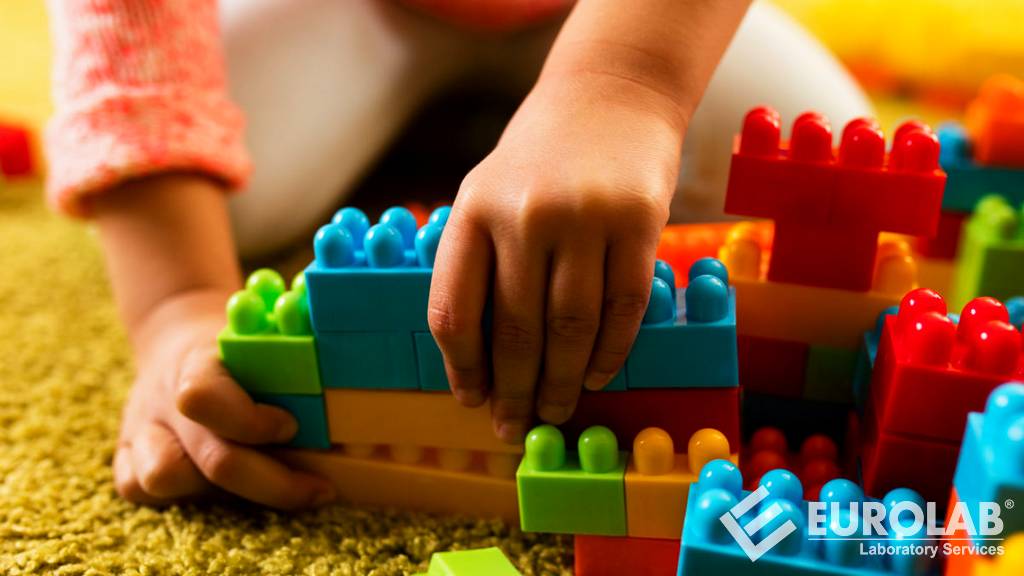

ASTM F963, the Standard Consumer Safety Specification for Toy Safety, is recognized as the "gold standard" for toy safety. ASTM F963 has several sections that deal with the analysis of toxic elements as well as mechanical hazard testing of toys.

Much of toy safety testing requires simulated use and misuse of a toy, as if a child were playing with it, to determine if any hazards are present. Other chapters deal with the presence of chemicals such as lead and other heavy metals in toys. Applicable tests are determined by the toy's design and age rating.
ASTM F963, the Standard Consumer Safety Specification for Toy Safety, deals with potential hazards that are not easily recognized by the public and that may be encountered in normal use for which a toy is intended, or after reasonably foreseeable abuse. It does not claim to cover every conceivable danger of a particular toy. This specification does not cover product performance or quality, other than those related to safety. Other than labeling requirements specifying the functional hazards and age range for which the toy is intended, this specification has no requirements for those aspects of a toy that present an inherent and recognized hazard as part of the toy's function. One such example is a sharp point necessary for the function of a needle. Needle is a natural hazard that is well understood by the purchaser of a toy sewing kit.
ASTM F963 covers toys for children under the age of 14, including plush toys, balls, games, dolls and action figures, baby and preschool toys, battery operated toys, ride-on toys, throw toys, and more. The standard includes requirements and test methods for small parts, sharp points and sharp edges, chemical and material safety, ingestion, jamming, battery overheating, use and abuse, and other potential hazards. Its purpose is to reduce the possible safety hazards of toys. Indeed, one of the hallmarks of the F963 standard is that it remains at the forefront and leads the world in identifying and effectively addressing potential emerging security issues.
Various updates were made to the ASTM F963 standard in 2016 and 2017. These are as follows;
In 2016, the standard was revised for ride-on toys with a new brake stroke requirement, clarification of overload and stability requirements, and a belt exemption.
This revision also added:
In 2017, new language was added to indicate that the kinetic energy density measurement is only done if the bullets exceed a certain amount, because not all bullets posed a risk of injury.
EUROLAB, together with its state-of-the-art accredited laboratories and expert team, helps you get precise and fast results within the scope of ASTM F963 test.
To get an appointment, to get more detailed information or to request an evaluation, you can ask us to fill in our form and reach you.